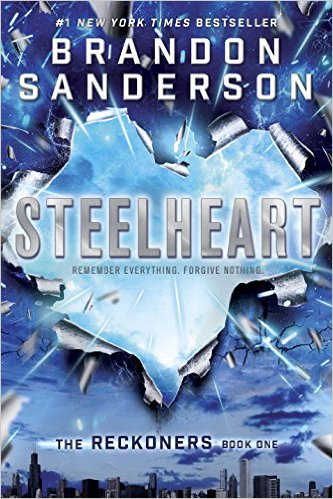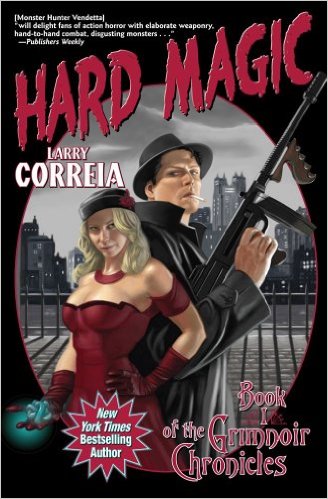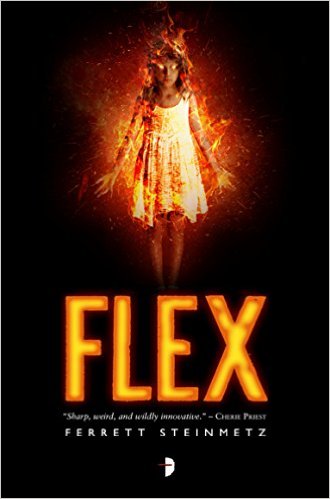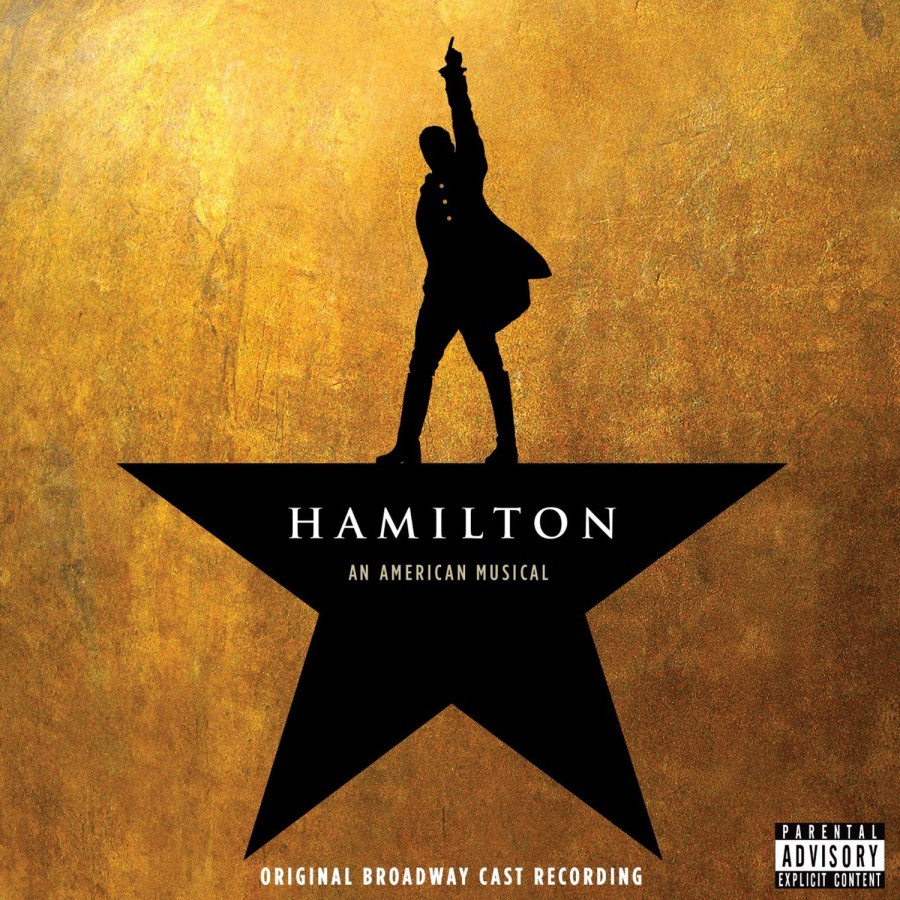One unfortunate part of my job is the fact that I am on planes a lot. Not for short flights, for long ones. I have the habit of watching movies when they come out if I am interested, so normally there is not many movies available on the plane that I want to see, so instead I listen to books or read comics or work or write a blog entry or two.
This flight was a little different. I had missed Creed when it came out and had wanted to see it. So when I looked at “recent hits” on the screen, preparing to be disappointed again, I was happy to see that Creed was available.
When I first heard about the film I was somewhat taken aback. I thought that the sixth film in the series, Rocky Balboa had pretty much summed up the character and there was no where else to go. He was done as a fighter and he had finally put Adrian behind him. Loved but now open to other possibilities. So a “reboot” didn’t make that much sense to me. Sylvester Stallone is far to old to play a fighter and his story had seemed to have ended in a good way.
Creed is the story Adonis Johnson, an illegitimate son of Apollo Creed, Rocky’s opponent in the first two Rocky films and who was killed by Ivan Drago in Rocky 4. Adonis starts the movie in some sort of juvenile detention system and he is fighting against a larger kid there. Mary Ann Creed, Apollo’s widow, comes to the institution and takes him in. The next you see of Adonis is him fighting and winning in Mexico and then going to his financial institution job. He decides he wants to be a fighter and quits his job even though he just got a promotion. His mother (they live in some sort of large house or mansion) does not agree with that choice and does not want him to fight and risk his life like his father did. Adonis tries to get accepted at Delphi Gym, the local high end gym with great boxers and connections to his father but he is rejected. He decides to go to the East Coast and find Rocky to get him to help. Up to that point, Adonis claims that he is entirely self taught (15-0 in Mexico).
The rest of the movie is a typical boxing movie, especially ones after Rocky. Donnie (Adonis) finds a love interest, a singer-song writer who lives in his building. He keeps trying and trying to get Rocky to train him. Rocky says no but after a scene where he visits the graves of Adrian and Paulie, he changes his mind and starts to train Adonis. After some training, Adonis gets challenged by a local up and coming boxer. Rocky does not think he is ready but Adonis wants the fight and Rocky starts to train him full time with full intensity, including bringing in an experienced fight team.
The story rolls along with a few twists and turns, Rocky is sick, trouble in the love relationship, and a challenge by the reigning champ who wants a fight because it is now known that Donnie is Apollo’s son. It ends with the big fight (which follows the first Rocky fight in many ways) and then Rocky and Adonis climbing the library steps in Philadelphia and looking down over the city.
As a boxing film, it is engaging. The formula of train and then get your lucky break where you have to dig deep and find a way to win is old but still works well. The boxing scenes are well staged. There are more and more brutal punches than I ever see in real fights, but they are exciting and the rounds are obviously condensed to highlights so the extra energetic fighting is not too jarring. Rocky turns out to be a pretty savvy cornerman and gives good advice to Donnie. I thought that Stallone turned in an excellent performance and deserved the recognition he received in terms of award nominations. Maybe he did a better job in Rocky Balboa and was over looked, but he does well in Creed.
I could end the review here and just say that it is an excellent plane movie. Engaging and simple story that moves along well enough and ends with a nice emotional payoff. However, there are a few things that did not quite work for me. The first is the background story of Adonis. He has a big emotional issue over his father who died before he was even born and he appears to have had a hard time up to whenever the scene in the institution is, but he looks very young then and obviously had a good upbringing and loving relationship with Apollo’s wife becoming his mother. There is not really any grist for the mill for motivation there, so later when Rocky is telling him to channel all his frustration from the past, I didn’t get how he had anything to draw on.
The second is the physical build of the actor (Michael B. Jordon). He had worked with the director in a previous film, Fruitvale Station, but he seems too small to be credible as a light heavyweight. He looks well sculpted enough, but is very thin and the other fighters look much bigger than him. Finally, the style he is fighting with is a very Rocky style where he absorbs punishment and just does not go down, but it doesn’t fit the actual character there in the movie. It is not too bad, but it was a little distracting to me. The love interest also seemed a little superficial.
Finally, Rocky seems to have taken a big step back after the last film. His son moved away and doesn’t seem to have that close a relationship with him. Paulie is dead. He is once again visiting Adrian’s grave and no love interest or relationships from the past films. Almost like Rocky Balboa never happened. Rocky is definitely the supporting character here, but I grew up watching those films and it makes you wonder.
So the movie is good and I recommend it. The final scene in the steps would be a good send off for the Rocky character. Creed sets the stage for maybe a new film series but one that does not really need Rocky in it. I won’t give stars as I have no real benchmark, but is is not the greatest Rocky movie but it is solidly in the middle compared to the previous 6 and that is good enough.









